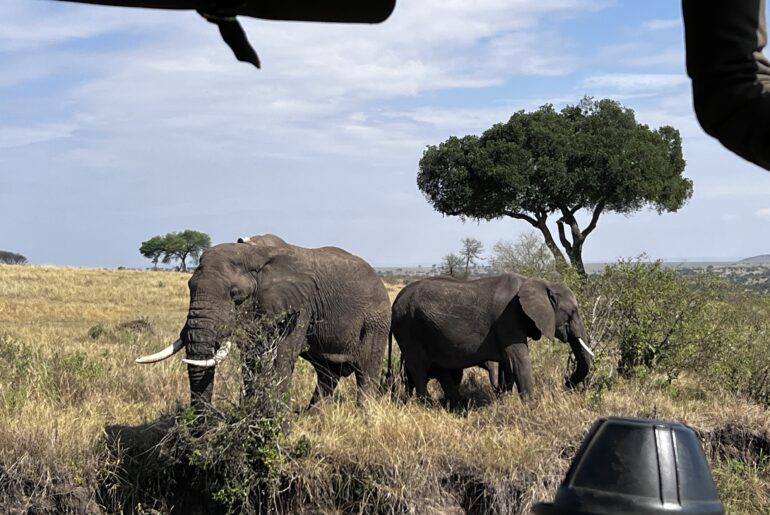(Originally posted on Jan 10, 2023 on the Drishti blog)
Traditionally, I’ve taken a look at the previous year’s operations, market observations, technology movements and learnings with an eye to the future. This year, I want to focus on three areas that will see significant attention in 2023: deployment topologies, AI product-market fit and generalized AI.
Deployment topologies
Not very long ago, cloud computing opened up a world of possibilities to enterprises that didn’t previously exist. Cloud technology had major implications on compute, storage, visualization and more. The shorter development cycles, the directness of the connection to the end user, the ability to use the software anywhere in the world, and the superior economics drove its rise. Organizations viewed cloud versus on-premises as starkly different infrastructures, and considerations like security and latency requirements determined the deployment strategy.
That distinctness is less prevalent in organizations today. Rather than viewing cloud and on-prem as either/or, the world sees cloud and edge as points on a continuum on which the compute and storage are being distributed to best support the needs of the business. More fundamental to most organizations is this question: Does it matter that the data is going out of the four walls of my building, or not?
The implication for companies like Drishti is that service and support topologies need to line up with the deployment topologies — even as we deliver sophisticated AI services, sometimes in real time. This imperative implies an exponentially more complex service delivery, something our team is actively managing every day.
Has AI found product-market fit?
We started Drishti in 2016; it’s amazing to see how much the market receptivity to AI (and specifically, to video analytics) has changed in the span of six years. While the market has clearly moved much closer to us, I’m not quite ready to declare product-market fit (or more appropriately defined as “solution-market fit” because, in the case of Drishti, product plus services is key to success) “achieved.” For example, successful deployments still require executive level sponsorship and buy-in.
Part of how we’ve successfully deployed Drishti is to clearly understand manufacturing operations, which allows us to bring a working hypothesis to a deployment situation, then test that hypothesis using our AI-generated data. Our team’s deep roots in manufacturing allows us to build trust with customers and push boundaries that regularly lead to deep discoveries.
Fundamentally, manufacturers need to know what is causing defects or slowdowns in their processes. Single camera deployments — the norm for the first 50 years of computer vision — don’t go far enough in determining systemic, process-based issues. As more manufacturers recognize this truism, and see the value of cameras on every station, our deployments become larger and more meaningful. Another step toward true product-market fit.
Generalized AI is still lightyears away
I’ve said it before, and I’ll stick to it: we are still far, far away from generalized AI. As in, most of us won’t see it in our lifetimes. Therefore, the world of AI is not yet productized and needs services to lift the organization to the next level — every deployment is bespoke, and those who say it isn’t probably aren’t providing you with very useful AI.
Unfortunately, AI deployments still require customization and mutual commitment to success. That said, the “pain” is worth the gain: Our customers see double digit improvements in quality and productivity using Drishti.
Every year, these reflections leave me more astonished at how much we as a company, and the market as a whole, have evolved. It’s an insightful and humbling exercise to look back and take lessons from the past while keeping our gaze firmly fixed on the endless possibilities that a new year brings.
From our house to yours, Happy New Year and all the best in 2023.










